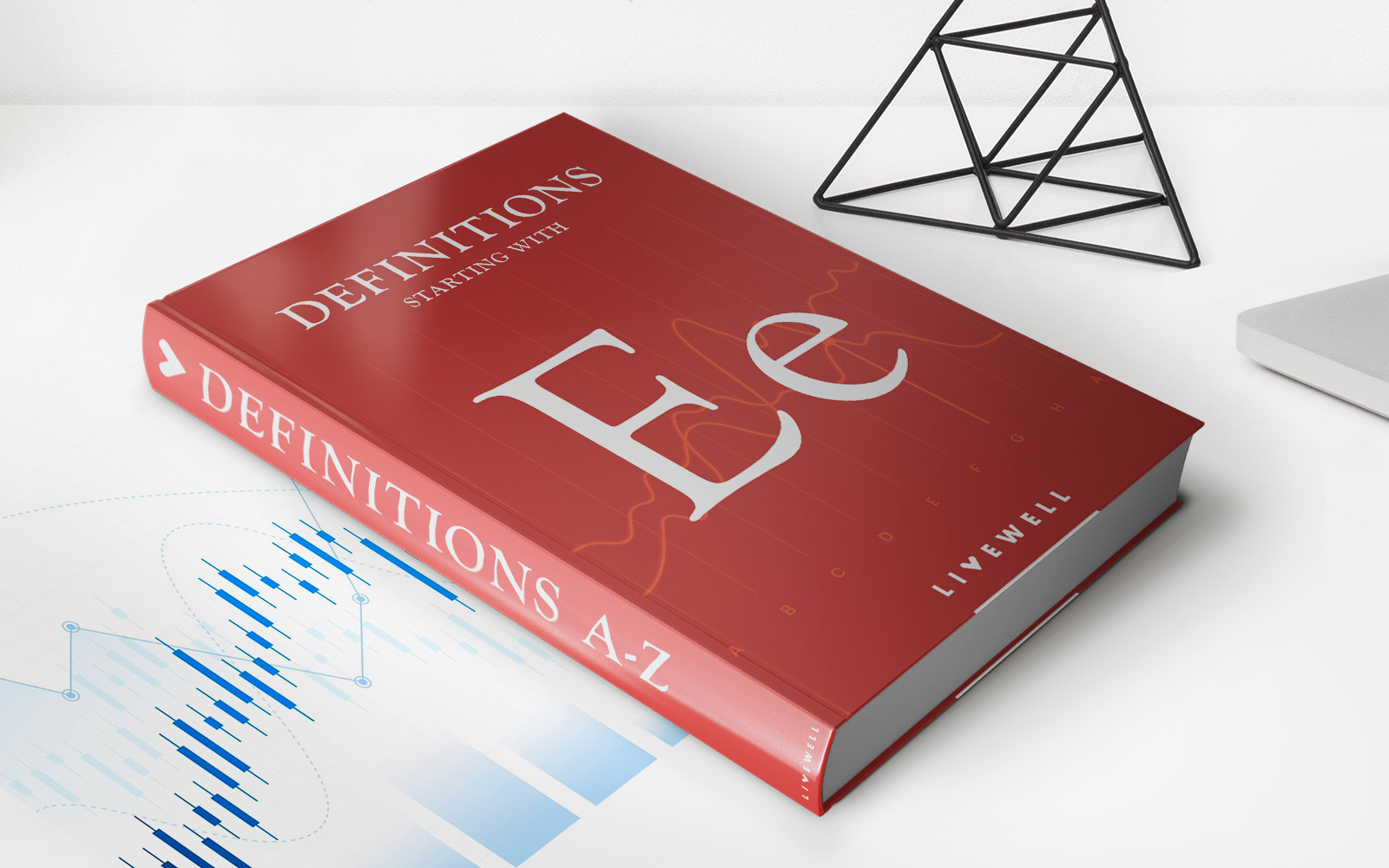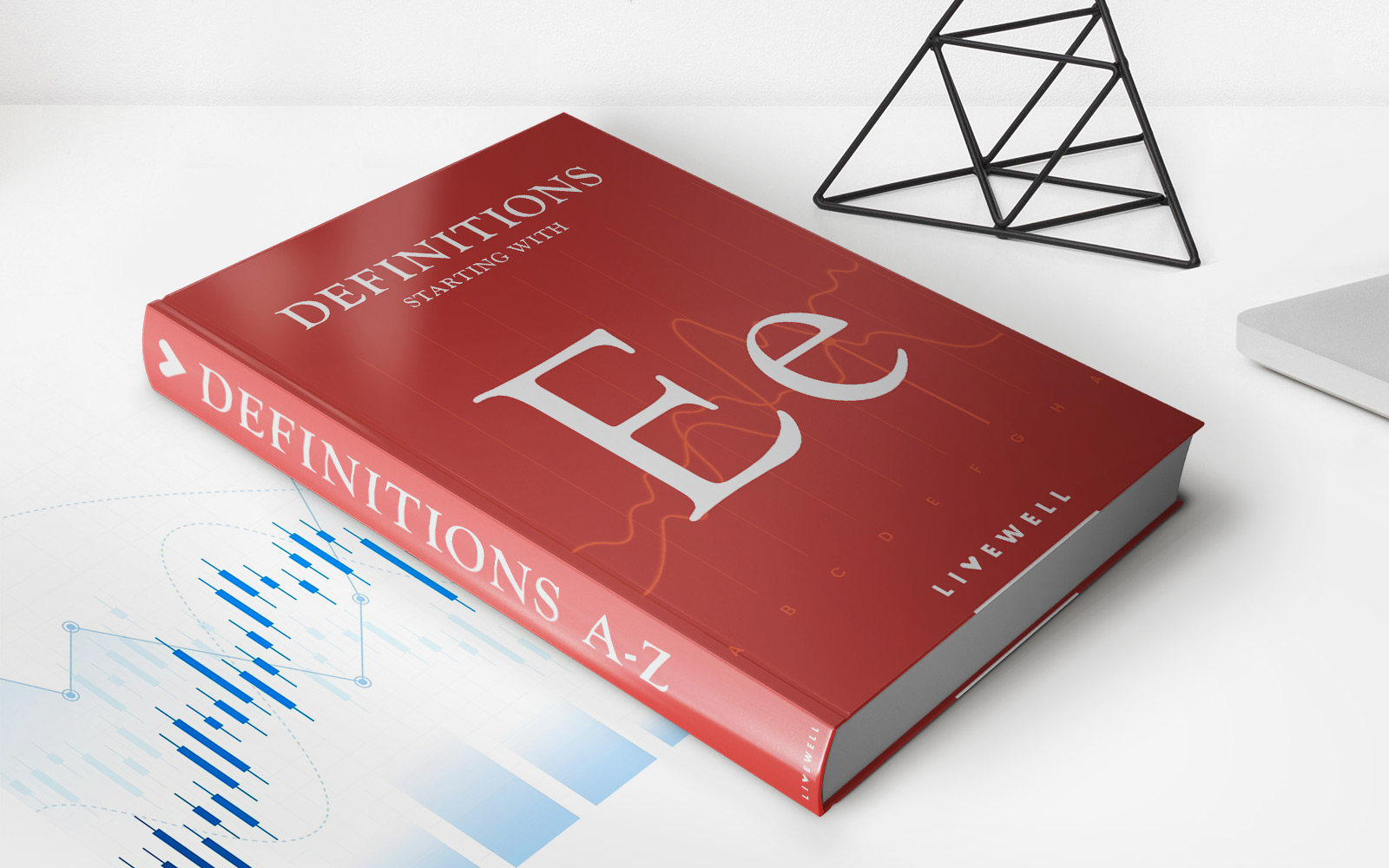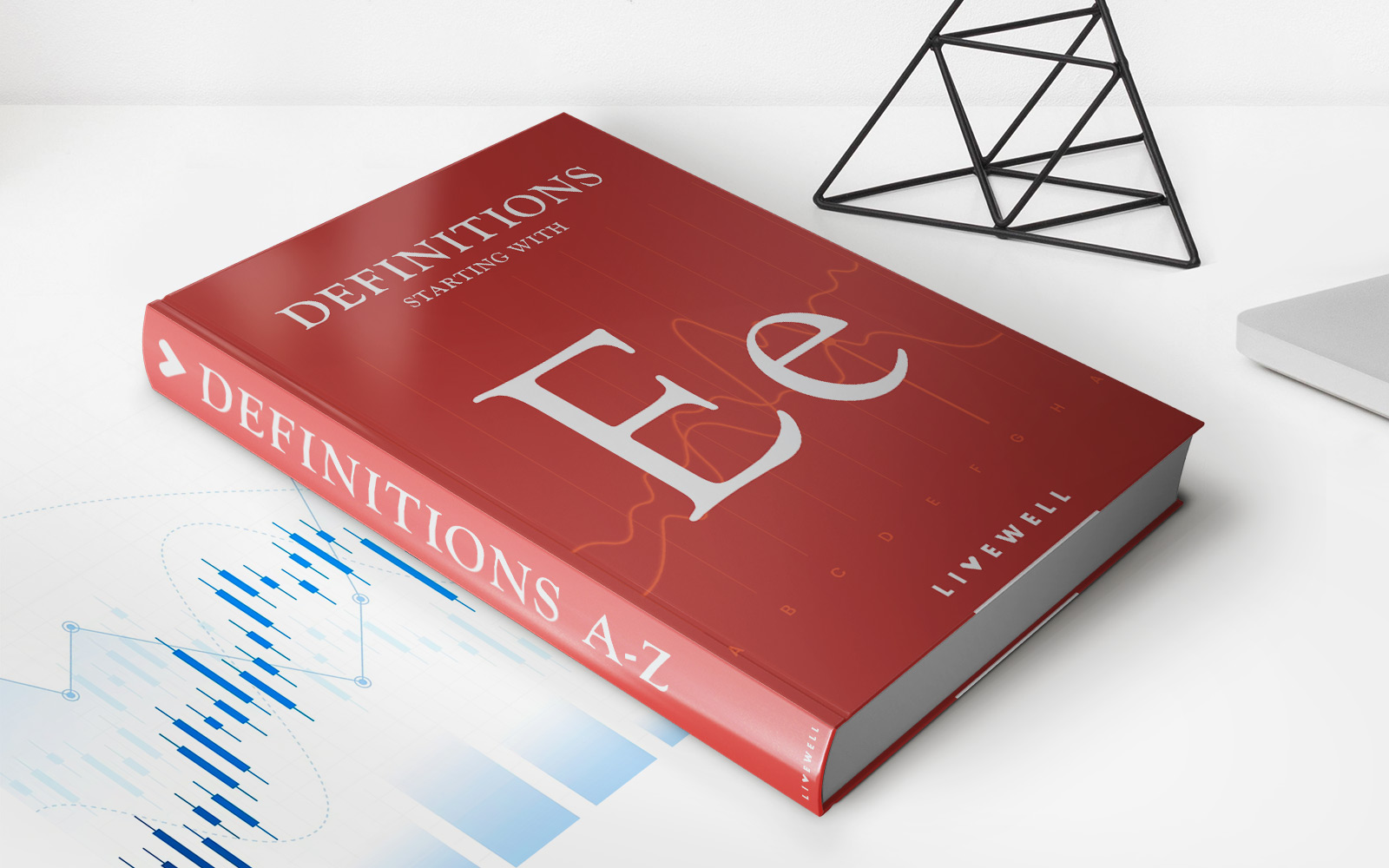Home>Finance>PV10: Definition, Use To Energy Investors, Calculation, Example


Finance
PV10: Definition, Use To Energy Investors, Calculation, Example
Published: January 14, 2024
Learn about PV10 in finance, its definition, use to energy investors, calculation, and see an example. Discover how PV10 can benefit your investment decisions.
(Many of the links in this article redirect to a specific reviewed product. Your purchase of these products through affiliate links helps to generate commission for LiveWell, at no extra cost. Learn more)
Exploring PV10: A Key Metric for Energy Investors
Are you an energy investor looking to make informed decisions about your investments? Understanding key financial metrics is crucial for assessing the profitability and potential risks associated with energy projects. One such metric that plays a vital role in evaluating the value of oil and gas reserves is PV10. In this blog post, we will delve into the concept of PV10, its importance to energy investors, how it is calculated, and provide a practical example to illustrate its application.
Key Takeaways:
- PV10 is a financial metric used to assess the value of oil and gas reserves.
- It helps energy investors evaluate the profitability and potential risks associated with energy projects.
What is PV10?
PV10, or Present Value at a 10% discount rate, is a widely recognized financial metric used in the oil and gas industry to estimate the value of proved reserves. It determines the present value of the cash flows that are expected to be generated from the production and sale of oil and gas reserves, discounted at a 10% rate.
Energy companies use PV10 as a benchmark to assess the viability and economic potential of their reserves. It provides a measure of the value that investors can expect to extract from the reserves, taking into account factors such as production rates, oil and gas prices, operating costs, and well decline rates.
How is PV10 Calculated?
The calculation of PV10 involves estimating the future cash flows from the production of oil and gas reserves and discounting them back to their present value. The discounting is done at a rate of 10% per year to reflect the time value of money and the risks associated with the industry.
Here’s the formula to calculate PV10:
PV10 = Sum of (Cash Flow_t / (1 + 0.10)^t)
The cash flows at different time periods (t) are divided by the discount factor (1 + 0.10)^t, and then summed up to obtain the PV10 value.
An Example to Illustrate PV10 Calculation:
Let’s consider an energy company that estimates the following annual cash flows from their proved oil and gas reserves over the next five years:
- Year 1: $1,000,000
- Year 2: $1,500,000
- Year 3: $2,000,000
- Year 4: $2,500,000
- Year 5: $3,000,000
Using the PV10 formula mentioned earlier, we can calculate the PV10 value:
PV10 = ($1,000,000 / (1 + 0.10)^1) + ($1,500,000 / (1 + 0.10)^2) + ($2,000,000 / (1 + 0.10)^3) + ($2,500,000 / (1 + 0.10)^4) + ($3,000,000 / (1 + 0.10)^5)
Solving this equation yields the PV10 value for this example.
Why is PV10 Important to Energy Investors?
PV10 is an essential metric for energy investors because it helps them make informed investment decisions. Here’s why:
- Assessing profitability: PV10 provides a measure of the potential profitability of oil and gas reserves. Investors can compare PV10 values across different projects to determine which investments offer the highest returns.
- Evaluating risk: Since PV10 factors in the uncertainties of oil and gas prices, production rates, and operating costs, it helps investors gauge the risks associated with a particular investment. A higher PV10 value indicates lower risks and vice versa.
By considering the PV10 value, energy investors can achieve a better understanding of the value of oil and gas reserves and make informed decisions about their investments.
Conclusion
PV10 is a fundamental financial metric used by energy investors to evaluate the value and potential profitability of oil and gas reserves. It provides insights into the cash flows expected from the production and sale of reserves, taking into account various factors while considering the time value of money. By understanding PV10 and its application, investors can make informed decisions in the dynamic energy market, ultimately optimizing their returns and managing risks effectively.














